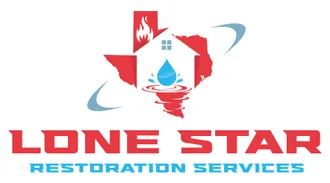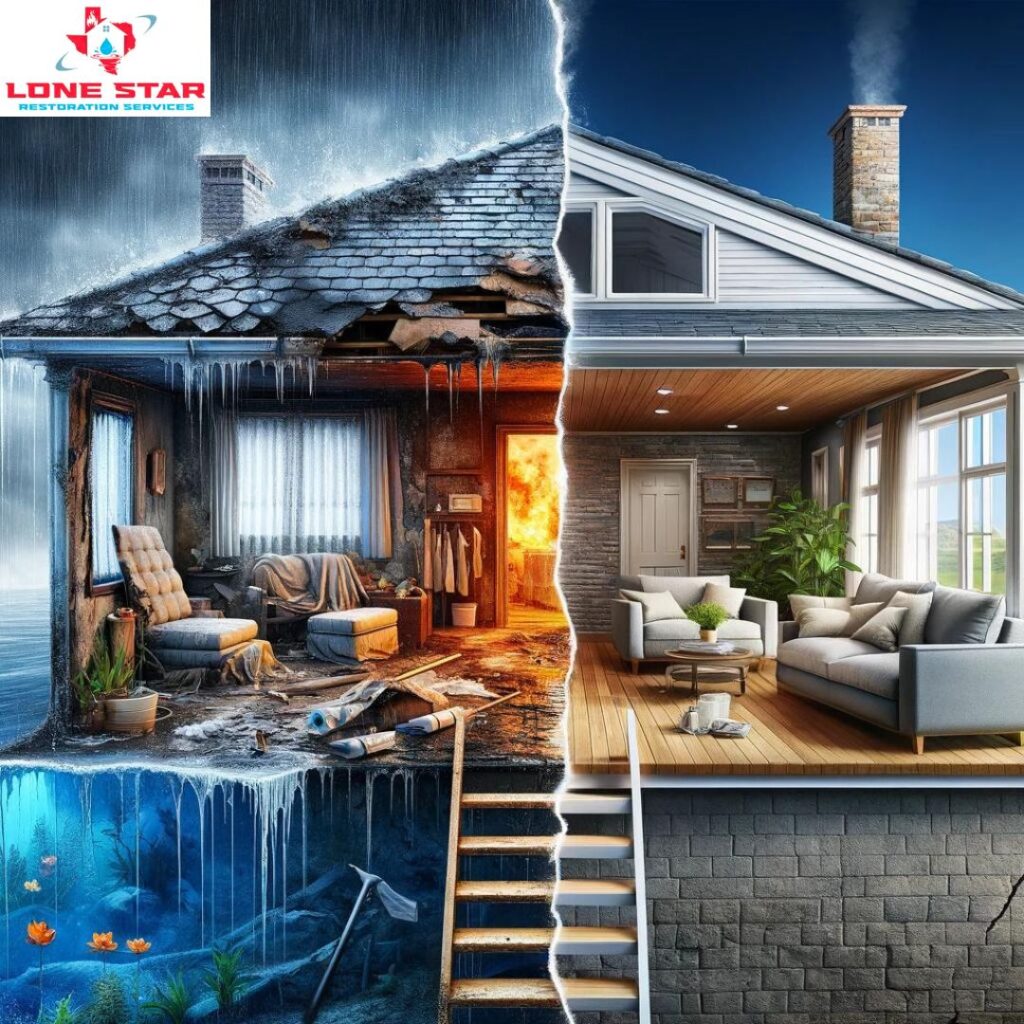Restoration Insights: Separating Facts from Fiction in Home Recovery
In the aftermath of property damage, whether from water, fire, or mold, homeowners are often thrust into the unfamiliar world of restoration services. Amidst this chaos, a myriad of myths and misconceptions about the restoration process can cloud judgment and influence decisions. From the belief that all mold can be handled with a simple bleach solution, to the assumption that minor water damage doesn’t require professional intervention, these myths persistently circulate, leading to costly mistakes and inadequate recovery efforts. “Restoration Realities: Debunking Myths and What You Really Need to Know” aims to shed light on these misconceptions, providing homeowners with the factual, expert-backed information essential for navigating the restoration process effectively. By understanding the truth behind common restoration myths, homeowners can make informed decisions that ensure the safety, integrity, and swift recovery of their property. This introduction sets the stage for a deeper exploration into the restoration industry’s truths, empowering homeowners with knowledge and clarity in times of need.
Common Myths in Restoration
The restoration industry is riddled with myths that can mislead homeowners during their most vulnerable times. Understanding and debunking these myths is crucial for ensuring that properties are restored efficiently and effectively. Here, we delve into some of the most prevalent misconceptions surrounding the restoration process:
- “A little water damage isn’t a big deal.” Many homeowners believe that minor water damage can be left untreated without any long-term consequences. This myth overlooks the potential for hidden moisture to cause structural damage and mold growth, which can become significant issues over time.
- “All mold can be removed with bleach.” A common misconception is that bleach is a one-size-fits-all solution for mold removal. While bleach may remove surface mold, it does not address the root cause of mold growth or remove the mold spores that pose health risks.
- “DIY restoration is just as effective as professional services.” The internet is flooded with DIY restoration tips, leading some to believe they can achieve professional results on their own. However, this overlooks the specialized equipment, techniques, and knowledge professionals bring to the table, which are often critical for a thorough restoration.
- “Restoration services are too expensive.” The fear of high costs can deter homeowners from seeking professional help. While restoration services do require investment, the cost of inadequate treatment—resulting in further damage and decreased property value—can be much higher.
- “All restoration companies are the same.” This myth assumes that any restoration service provider can deliver the same quality of work. In reality, there’s a wide range of expertise, certification, and quality among companies, making it essential to choose a reputable provider.
- “The insurance company won’t cover professional restoration.” Homeowners often mistakenly believe that insurance policies won’t cover the costs of professional restoration services, leading them to settle for less effective DIY approaches. However, many insurance policies do cover these services, particularly when they are necessary to prevent further damage.
- “Quick fixes can save time and money.” The allure of quick fixes is strong, especially when facing the disruption of restoration work. Yet, temporary solutions often fail to address underlying problems, leading to more severe and costly issues down the line.
By confronting these myths head-on, homeowners can avoid the pitfalls of misinformation and ensure their homes are restored safely and efficiently. In the following sections, we’ll debunk these myths with facts and expert insights, guiding homeowners toward making informed decisions in their restoration efforts.
The Truth Behind the Myths
Dispelling the myths surrounding restoration is the first step toward ensuring homeowners can approach their situation with clarity and confidence. Let’s debunk the common misconceptions outlined earlier with facts and insights from the restoration industry:
- The Dangers of Underestimating Water Damage
- Even minimal water damage can have far-reaching effects on a home’s structure and indoor air quality. Hidden moisture can lead to the deterioration of building materials and the proliferation of mold, which are not only costly to address but can also pose health risks. Professional assessment and drying techniques ensure that all moisture, visible and hidden, is thoroughly eradicated.
- Why Bleach Isn’t a Mold Solution
- While bleach may appear to remove mold on the surface, it does not penetrate deep enough to eradicate the mold at its roots. Professional mold remediation involves assessing the extent of mold growth, removing contaminated materials safely, and addressing the moisture source that allowed the mold to grow in the first place.
- The Value of Professional Restoration Services
- DIY restoration efforts can often fall short due to the lack of specialized equipment and expertise. Professionals use industrial-grade dehumidifiers, air movers, and moisture meters to ensure a thorough drying process. They are also trained in identifying and mitigating structural damage, ensuring that your home is restored to its pre-damage condition.
- Understanding the Cost of Restoration
- The cost of professional restoration services is an investment in the long-term health and safety of your home. By addressing damage comprehensively and promptly, homeowners can avoid the escalation of issues that result in higher repair costs down the line. Moreover, many insurance policies cover restoration services, underscoring their importance and value.
- Selecting the Right Restoration Company
- Not all restoration companies offer the same level of service or expertise. It’s essential to choose a provider with certified professionals, a proven track record, and positive reviews. Reputable companies follow industry standards and are equipped to handle various restoration challenges, offering peace of mind and quality results.
- Insurance Coverage for Restoration Services
- Contrary to common belief, many homeowners’ insurance policies do cover professional restoration services, especially when they are necessary to prevent further damage. It’s important to review your policy and communicate with your insurance provider to understand your coverage.
- The False Economy of Quick Fixes
- Opting for quick fixes can seem like a time and cost-saving measure in the short term, but these often lead to more significant problems requiring extensive repairs. Professional restoration addresses the root cause of damage, ensuring a durable solution that protects your home and investment.
Understanding the realities behind these common myths empowers homeowners to make informed decisions, ensuring the safety, integrity, and swift recovery of their properties. In the next sections, we’ll explore the importance of professional assessment and offer practical advice for navigating the restoration process.
The Importance of Professional Assessment
One critical aspect often overlooked by homeowners in the wake of damage is the importance of a professional assessment. Unlike a cursory inspection, a professional restoration expert uses advanced tools and possesses the expertise to evaluate the extent of damage accurately. This assessment is not just about identifying visible damage but uncovering hidden issues like moisture within walls or potential structural weaknesses that could pose risks if not addressed. Professional evaluations ensure that the restoration process is comprehensive, addressing all potential problems from the outset and avoiding costly surprises later on.
Understanding the Restoration Process
For many, the restoration process can seem daunting and complex. However, understanding the steps involved can demystify the process and set realistic expectations. Generally, the process begins with an assessment, followed by water extraction (if necessary), drying and dehumidification, cleaning and sanitizing, and finally, repair and restoration. Each step is crucial and requires specific techniques and equipment to ensure the property is thoroughly restored to its pre-damage state. This section will explain each step in detail, highlighting the importance of each and what homeowners can expect.
Tips for Homeowners Facing Restoration Needs
Facing restoration needs can be overwhelming, but being prepared and knowledgeable can ease the process. Here are practical tips for homeowners:
- Research and Choose a Reputable Restoration Company: Look for certifications, and reviews, and ask for references.
- Understand Your Insurance Policy: Know what your insurance covers regarding restoration services to make informed decisions.
- Document the Damage: Take photos and keep records of all damages and conversations with professionals for insurance claims.
- Prioritize Safety: Follow professional advice to avoid entering damaged areas that might be unsafe.
- Communicate Openly With Restoration Professionals: Ask questions and express any concerns you have during the restoration process.
Conclusion:
Navigating the aftermath of property damage can be less stressful and more effective when armed with accurate information and understanding. By debunking common myths and highlighting the importance of professional restoration services, homeowners can approach the restoration process with confidence. Empowered with knowledge, you can ensure that your home is not just restored but preserved for years to come. Choosing a trusted partner like Lone Star Restoration means putting your home in skilled hands, and ensuring a thorough and caring restoration process that brings your property back to life.
As restoration technologies and methods continue to evolve, staying informed about the latest advancements and best practices is crucial for homeowners. The future of restoration promises even more efficient, sustainable, and effective solutions to property damage. By partnering with forward-thinking restoration professionals, homeowners can benefit from these advancements, ensuring their homes are not only restored but also protected against future damage with the latest in restoration science.
This blog outline aims to guide Lone Star Restoration in creating informative, engaging content that educates and reassures homeowners, positioning your company as a knowledgeable and trustworthy partner in their time of need.





